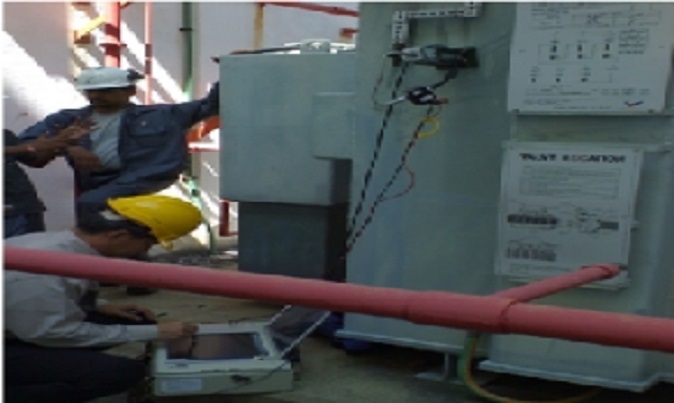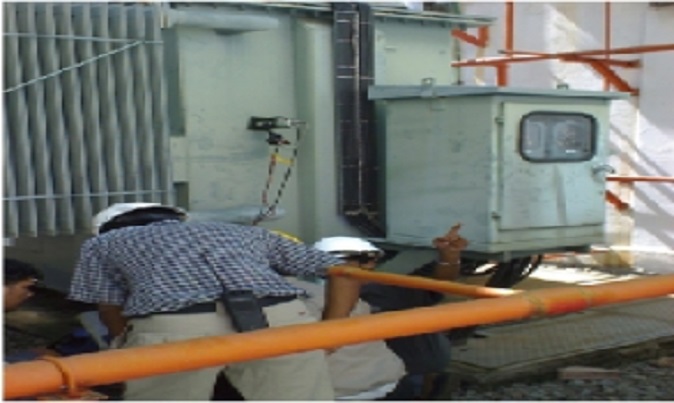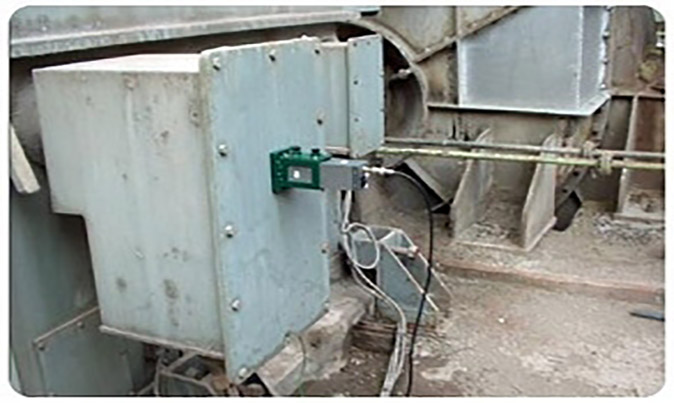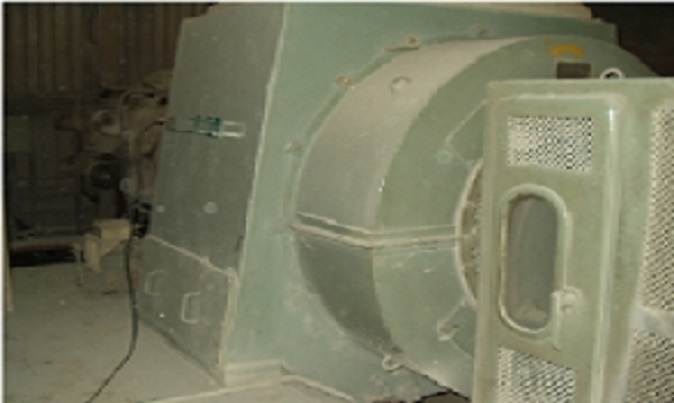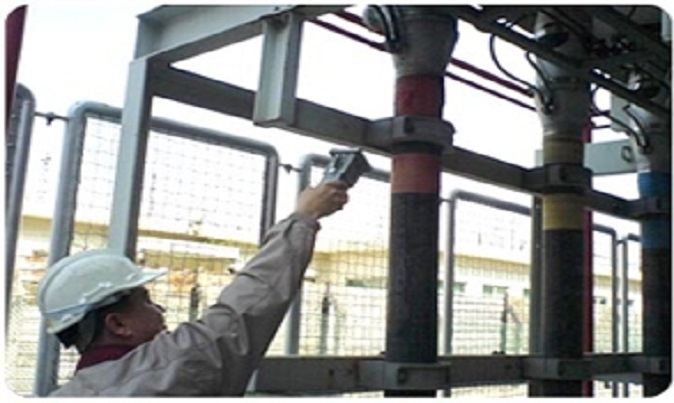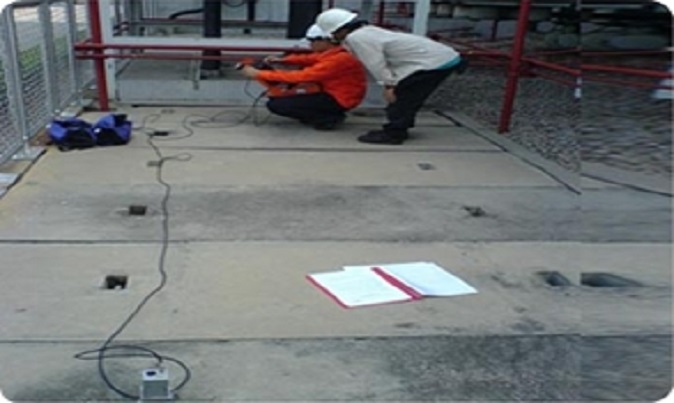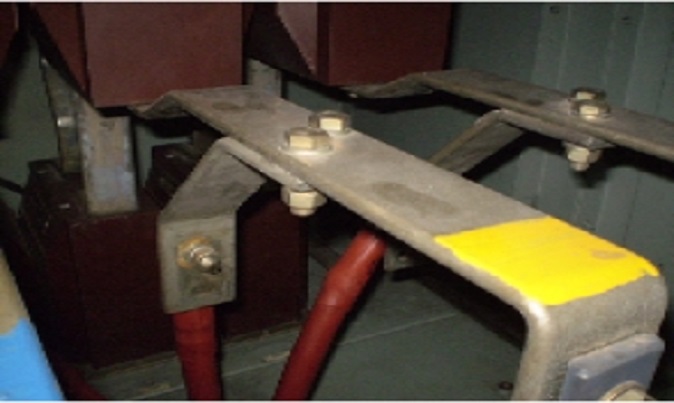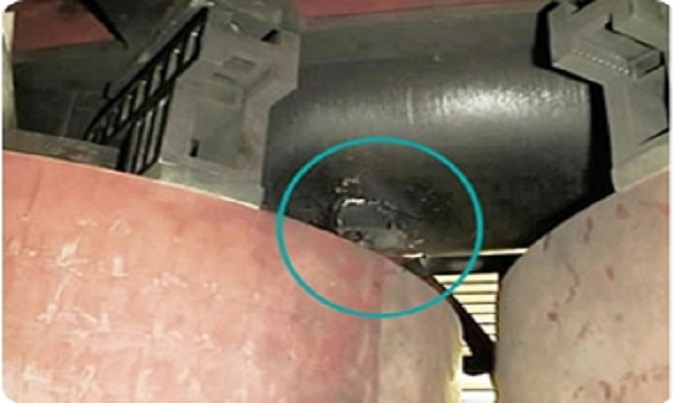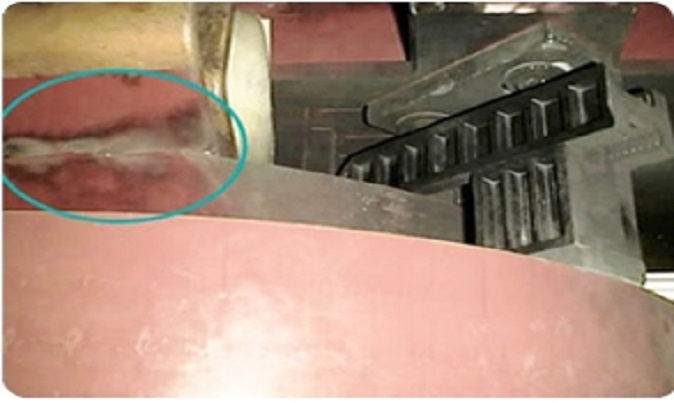Partial Discharge Measurement
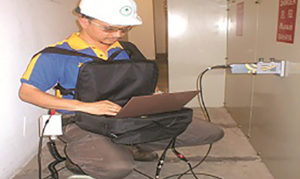
The Right Approach to PD Test -Partial Discharge Analyzer
If a Partial Discharge (PD) occurs in the phase to earth insulation of a conductor in a high voltage system such as metal clad switchgear, PD of very short duration (in a few nanoseconds) current pulses will flow along the metal cladding or on the skin of the conductor. This current will then generate both electric and magnetic field and emits electromagnetic
radiation known as Electromagnetic wave (EM wave). This EM wave will then propagate outwards through an opening (Discontinuity) in the metal cladding. When the EM sensor is placed in an electric field due to EM wave, current will be induced resulting in a voltage signal between EM sensor terminals. This voltage signal is very fast rising and typically in millivolts. This signal is termed Partial Discharge (PD).
Electricity Arc, Transformers Oil Test Electric Transformer Testing Vacuum Switchgears For High Voltage Cast Resins and Oil Transformers, Vacuum Switchgear and Motor Starter Panels of 4 kV and above should be tested regularly for partial discharges or arcing to complement standard preventive maintenance practices,such as transformer the basic dielectric or oil acidity tests,resistance or Dissolved Gas Analysis (DGA) Tests.This is so especially for transformers which are subject to operational changes and vibrations which is becoming prevalent in manufacturing plants or even in buildings which can cause loose terminations leading to failure in due course. For Switchgears, arcing or partial discharge problems found are most times due to poor maintenance and contamination from dust or foreign particles ingress.

